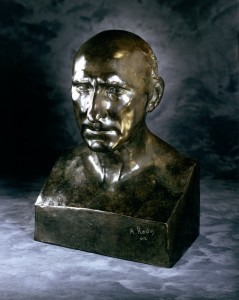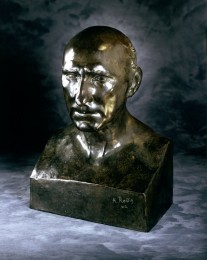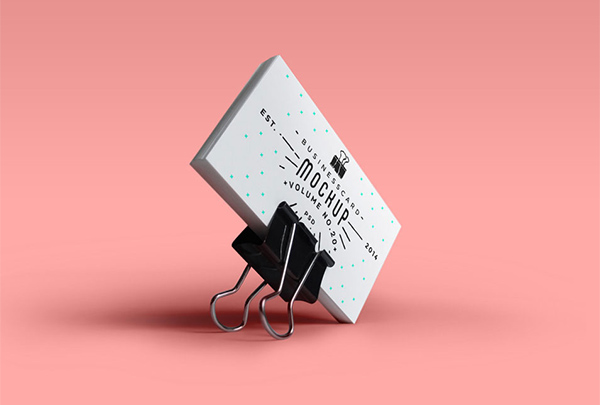
Bust of Jean Baptiste Rodin
 Rodin’s father (1803-1883) was a conservative family man who worked hard his entire life, first as a clerk in a police station and then as a police inspector. Left a widower by his first wife, he married again and with his second wife had three children. It was a close and supportive family.
Rodin’s father (1803-1883) was a conservative family man who worked hard his entire life, first as a clerk in a police station and then as a police inspector. Left a widower by his first wife, he married again and with his second wife had three children. It was a close and supportive family.
Jean Baptiste Rodin seems to have been a quiet, unremarkable person. For his time and background, however, he was remarkable in one respect: He supported his son’s aspirations to be an artist. Indeed, he recognized his young son’s talent when no one else did. In an undated letter in the archives of the Musée Rodin, Jean wrote to his Auguste, giving him fatherly advice: You must not construct your future on sand so that the smallest storm will bring it down. Build on a solid, durable foundation [so that] the day will come when one can say of you as of truly great men – the artist Auguste Rodin is dead but he lives for posterity, for the future.
In 1860 Auguste made two portraits of his father, one a painting, the other, this bust. The painting shows the Frenchman in profile and as he looked: with a bushy beard and moustache, and balding, with black hair on the back of his head. In comparison, the sculpture conveys little of the father’s real appearance except perhaps for his long nose and receding chin. What it presents instead is Rodin’s response to his father’s support. Here Jean Baptiste has the features and resolve of a Roman emperor.
This 1860 bust is one of Auguste Rodin’s earliest pieces; he made it when he was twenty years old. That it is based on ancient Roman sculpture he would have seen at the Louvre speaks to his interest at this stage of his career in following tradition, in building the “solid, durable foundation” of which his father wrote. And that it conveys with such conviction his father’s personality more than his appearance foretells the artist’s future achievements.





No Comments